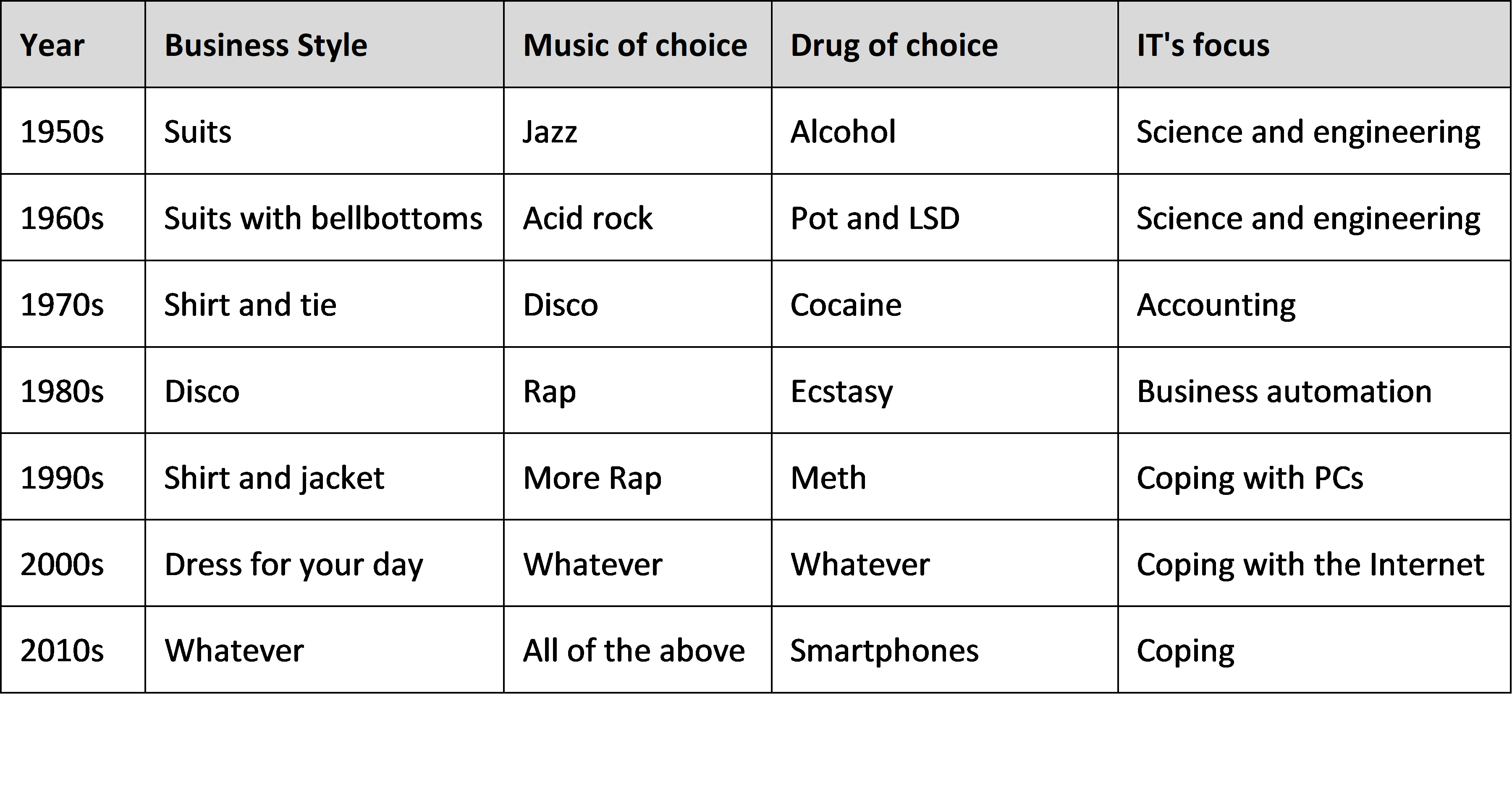Customer Elimination Management … CEM … is CRM’s evil twin.
We all have memories of companies doing their utmost to drive us away. If you’re like me, my family offers its sympathies to your family.
No, wait, that wasn’t it. If you’re like me you might have wondered just when the first instance of CEM took place.
Wonder no more. While it might not have been first, science has pushed the date of the earliest known gripe back to 1782 BCE. That’s the approximate date of a clay tablet found in the ruins of the Sumerian city-state of UR …
In the clay tablet, a man named Nanni whined to merchant Ea-nasir about how he was delivered the wrong grade of copper ore. “How have you treated me for that copper?” he wrote. “You have withheld my money bag from me in enemy territory; it is now up to you to restore [my money] to me in full.” (“World’s Oldest Customer Complaint Goes Viral,” Christina Zhao, Newsweek, 8/24/2018.)
Even with the best efforts of digital technology, I doubt your calls to customer service, recorded as they are for training and improvement purposes, will be discovered for translation by even the most diligent of 5918’s archeologists.
In the meantime we’re left to wonder if Nanni received a response that began, “Your clay tablet is important to us …”
We’re also left to wonder, with a bit more relevance to the world of modern commerce, if Digital technologies and practices (no no no no no, not “best practices!”) can, as promised, transform customer service.
But we aren’t left to wonder very long, because the answer is obvious. For companies already dedicated to providing outstanding customer service, Digital technologies won’t transform it, but they will undoubtedly improve it.
For companies that didn’t give an infinitestimal damn before Digital strategies and technologies became the Next Big Thing, Digitization will make their already awful customer service even worse.
In theory, business intelligence technologies, applied to masses of data gleaned from social media, might make a persuasive executive suite case that current service is putrid and customers are defecting in droves because of it while blackening the offending company’s reputation among those who, without the benefit of Yelp, might have given it a shot.
In theory, these same technologies, combined with the near-future capability to interpret telephone conversations for both substance and emotional content, might give that same company’s decision-makers, who couldn’t enter the Clue Store with a plutonium American Express card and leave with any merchandise, the clues they need to figure out why their cost of sales is so much higher than that of their competitors while their customer retention and walletshare continue to plummet.
But in the wise words of 1882 Yale University student Benjamin Brewster, in theory there’s no difference between theory and practice, while in practice there is.
The service a company provides its customers is an inextricable component of the overall value they receive when they buy its products and services. Digitize a business whose leaders don’t personally and intrinsically care about it … who care only about the impact bad customer service has on their annual bonuses and options awards … and the result will be the same bad service, available through more channels.
We’re entering a post-Turing world of chat ‘bots, email autoresponders, and, very soon, AIs with synthetic voices, all poised to correctly interpret what we’re saying or writing so as to accurately diagnose their product’s defects and scour our databases of successful resolutions so as to find the one that precisely fits our situation.
More often than not, though, what these capabilities will give customers are the same useless non-solutions to the problems they contacted the service channel to complain about, delivered a wider variety of more convenient channels but not providing more useful information.
Only now, the IT organization’s name will be on whatever complaints do filter through to top management. Which in turn suggests it isn’t too early to think about the brave new world of software quality assurance. Because in addition to the litany of tests IT already applies to its software … unit, integration, regression, stress, and end-user acceptance being the most prominent … we’ll need to add another.
Call it AIIQ testing. Its purpose will be to determine if the artificial intelligences we’re deploying to support buyers of the company’s products and services are just too stupid to expose to the outside world.
Maybe we can figure out how to use artificial intelligence technology to automate the testing.

